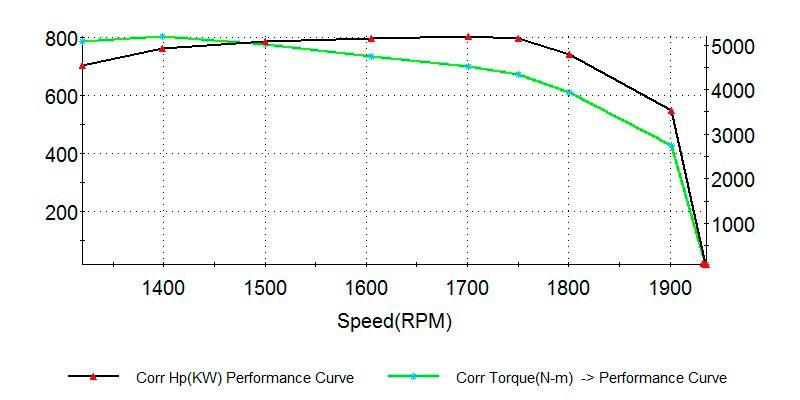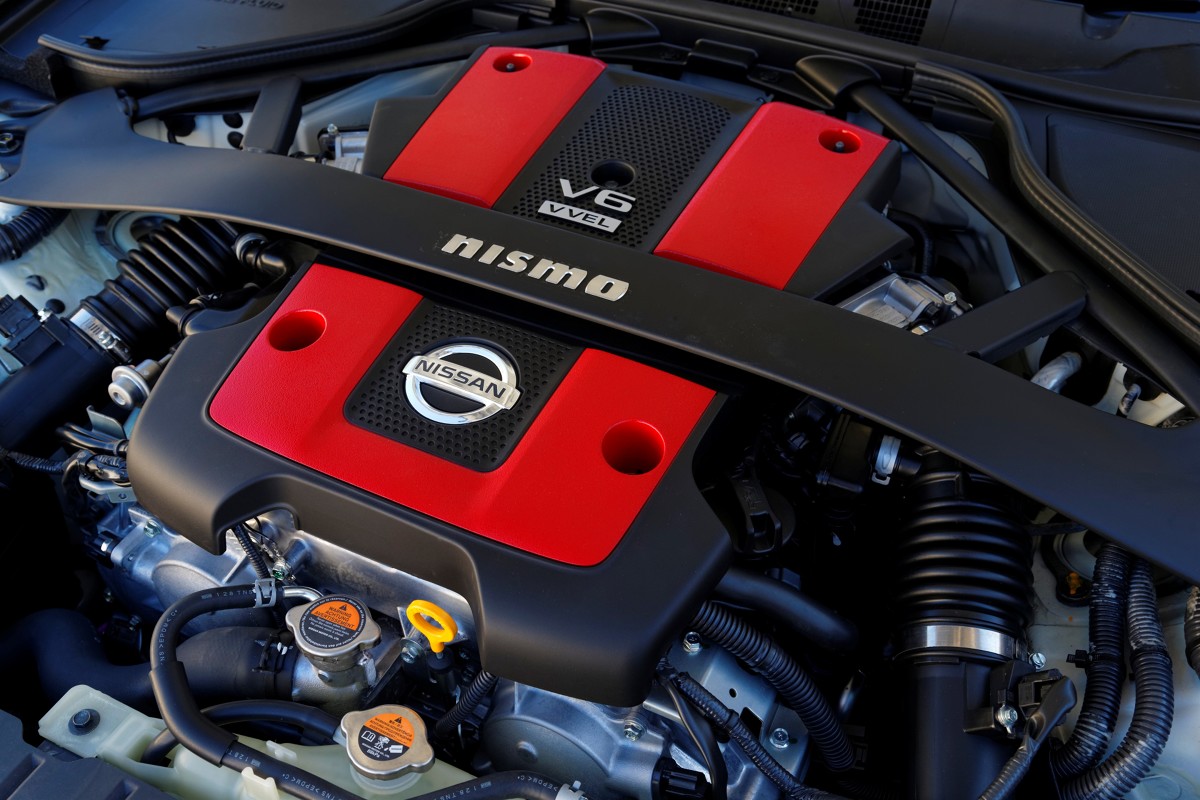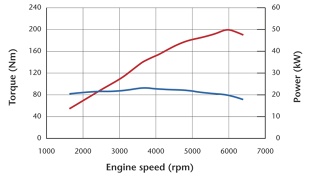
Power and torque as well as vehicle performance
 Power and torque are the two main parameters that characterize the operation of the engine. These are also values that are mainly responsible for the characteristics of the car. How do they affect acceleration and what other elements of the car affect the dynamics?
Power and torque are the two main parameters that characterize the operation of the engine. These are also values that are mainly responsible for the characteristics of the car. How do they affect acceleration and what other elements of the car affect the dynamics?
What is torque and power?
Turnaround moment is the power of an internal combustion engine. The higher the torque value, the easier it is to overcome all the resistance that occurs when the car is moving.
Engine power is the work that the engine can do in a given amount of time. The power value itself depends on the torque and speed of the engine.
Torque and motor flexibility
 The higher the torque, the more the motor has to resist the resistance that occurs during movement. Also extremely important is the speed range at which maximum torque values occur. The engine is the most flexible in this regard.
The higher the torque, the more the motor has to resist the resistance that occurs during movement. Also extremely important is the speed range at which maximum torque values occur. The engine is the most flexible in this regard.
The editors recommend:
Car interior cleaning and upholstery washing. Guide
Polish supercar ready for operation
The best used compacts for 10-20 thousand. zloty
The optimal scenario would be for the high torque to remain constant over the entire engine speed range. A good example is the Porsche Cayenne S, which maintains a maximum torque of 550 Nm between 1350 and 4500 rpm. Driving in such a car, with almost every injection of gas, you will feel how the car rushes forward.
 Turbocharged gasoline engines of popular cars also develop their maximum torque early. This is very beneficial when driving around the city, as it allows you to move dynamically and effortlessly from under the headlights. Diesel engines have similar characteristics. An example is the Volkswagen Passat 2.0 TDi. 170 hp version develops a torque of 350 Nm in the range of 1800–2500 rpm. Everyone who has driven cars with turbodiesels knows that this type of car “pulls” from low revs, and after exceeding a certain level - usually 3800-4200 rpm, they lose vigor, not being near the red field on the tachometer.
Turbocharged gasoline engines of popular cars also develop their maximum torque early. This is very beneficial when driving around the city, as it allows you to move dynamically and effortlessly from under the headlights. Diesel engines have similar characteristics. An example is the Volkswagen Passat 2.0 TDi. 170 hp version develops a torque of 350 Nm in the range of 1800–2500 rpm. Everyone who has driven cars with turbodiesels knows that this type of car “pulls” from low revs, and after exceeding a certain level - usually 3800-4200 rpm, they lose vigor, not being near the red field on the tachometer.
The opposite is true for sport and sport models, as the car, and therefore the engines, are built to run at high speeds. Their maximum torque should be in the upper rev range, which allows the engine to accelerate better and be more responsive for sporty driving. This is the other side of everyday driving, as when starting off or overtaking, you need to crank the engine at high speeds. An example of an uncompromising car is the Honda S2000 - before the facelift, its naturally aspirated 2.0 VTEC engine developed 207 Nm at only 7500 rpm.
Based on the maximum values of power and torque and the speed at which they are achieved, one can draw the first conclusions about the characteristics of the engine and even the car. We emphasize, however, that not only the engine affects the dynamics. What else do accelerations depend on?
 Gearbox - in addition to the fact of a different design, it is worth looking at the gear ratios themselves. The long ratio transmission will allow you to enjoy lower engine speeds when driving on the road or on the highway, which reduces noise and fuel consumption but reduces agility. A short-speed gearbox, on the other hand, provides good acceleration and allows the engine to quickly reach high speeds with each injection of gas. It is no coincidence that this type of transmission is used in rally cars. Currently, 8-, 9- and even 10-speed gearboxes are available, both short and long. It combines the best of both gear types, delivering dynamic acceleration in low gears and comfortable and economical driving at higher speeds in the highest gears.
Gearbox - in addition to the fact of a different design, it is worth looking at the gear ratios themselves. The long ratio transmission will allow you to enjoy lower engine speeds when driving on the road or on the highway, which reduces noise and fuel consumption but reduces agility. A short-speed gearbox, on the other hand, provides good acceleration and allows the engine to quickly reach high speeds with each injection of gas. It is no coincidence that this type of transmission is used in rally cars. Currently, 8-, 9- and even 10-speed gearboxes are available, both short and long. It combines the best of both gear types, delivering dynamic acceleration in low gears and comfortable and economical driving at higher speeds in the highest gears.
Transmission - when starting and accelerating, the weight of the car is temporarily transferred to the rear. In this case, the front wheels lose some of their mechanical grip and the rear wheels gain it. The greatest benefits in this situation are received by cars with a drive to the rear axle. Therefore, rear-wheel drive vehicles and all-wheel drive vehicles can accelerate faster. Unfortunately, due to the extra weight and additional drivetrain components, they have to expend more energy to propel the car, which affects fuel consumption and dynamics at high speeds.
Tires are one of the decisive elements when it comes to the acceleration of the car, as well as the behavior of the entire vehicle. They connect the car to the ground. The more grippy the tires, the better the car's response to gas and braking will be. In addition to the tread compound and tire pattern, wheel size is a decisive factor. A narrower tire will have less rolling resistance and a smaller tarmac contact area. Otherwise, a wider tire will improve traction, allow better access to asphalt and minimize wheel spin, allowing us to enjoy a dynamic ride.
See also: How to care for the battery?
Recommended: Checking out what the Nissan Qashqai 1.6 dCi has to offer
The weight of the car - everyone who went on a trip with a full set of passengers and luggage learned about its influence on the dynamics. In almost every car, adding a few hundred kilograms will limit dynamics and agility.
Aerodynamics is an area that plays a significant role in modern models. This allowed to save fuel and reduce noise in the cabin. Cars with more streamlined bodies are more dynamic at high speeds and have higher top speeds. An example is the Mercedes CLA, which, thanks to a low drag coefficient of 0,26, reaches 156 km/h in the CLA 200 version with 230 hp.
